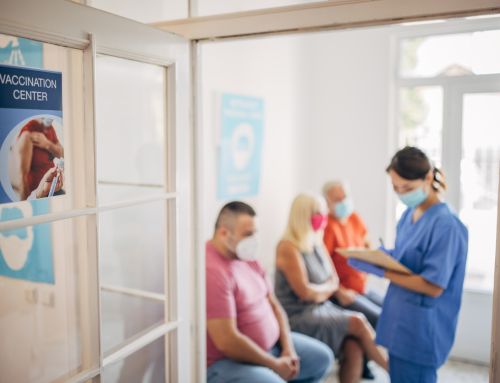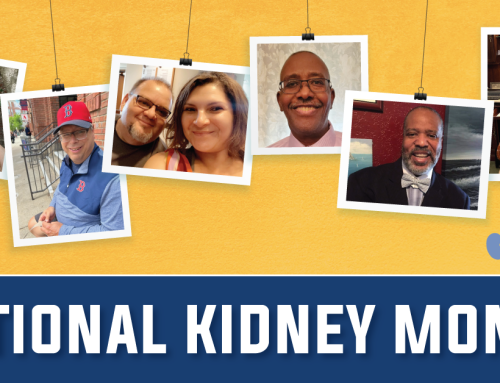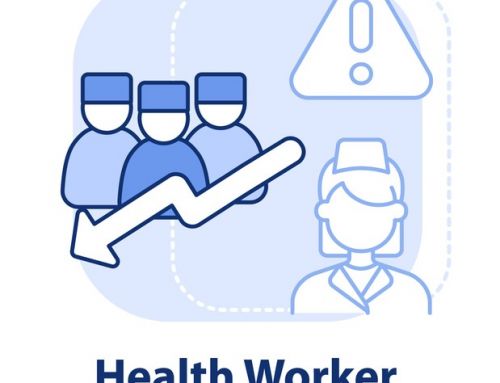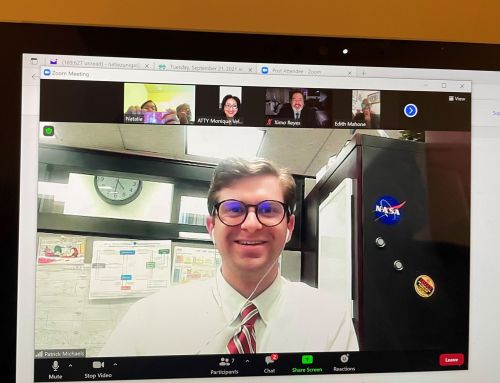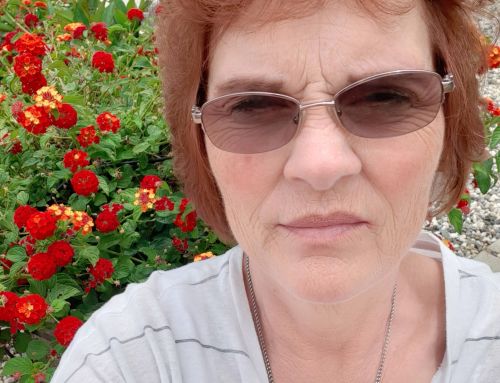Daniel Farmer
Stakeholder Engagement Group
Center for Medicare and Medicaid Innovation (CMMI)
Centers for Medicare and Medicaid Services (CMS)
7500 Security Boulevard
Baltimore, MD 21244
Dear Mr. Farmer:
Dialysis Patient Citizens (DPC) appreciates the opportunity to provide ongoing feedback from the patient prospective to the Centers for Medicare and Medicaid Services (CMS), Center for Medicare and Medicaid Innovation (CMMI) on issues related to the improvement of care for chronic kidney disease (CKD) patients. We applaud the mission of the department and your role in shaping healthcare through the identification of new delivery and payment options and the promotion of best practices, and believe that DPC can be a strong partner as the Agency looks to implement new integrated nephology care delivery pilot programs or demonstration projects.
As America’s largest patient-led dialysis organization, DPC represents more than 23,000 dialysis and pre-dialysis patients and their families. DPC’s mission is to improve the quality of life of dialysis patients by engaging policy makers, providers and the public. Through patient education, empowerment and advocacy, we work to increase awareness about kidney disease and promote favorable public policy.
We encourage CMMI to include patients at all stages of kidney disease, from pre-dialysis, dialysis and transplant, in any integrated care pilot program. As you are well aware, dialysis patients make up a small and rising percentage of the total Medicare population but account for a much larger percentage of the cost. According to the 2011 Unites States Renal Data System (USRDS) figures, ESRD patients accounted for approximately 1% of Medicare beneficiaries while incurring nearly 7% of total spending.1 Thus, any improvement to help this population will potentially create significant savings.
Currently, payment models are primarily focused on the use of dialysis, and provide little incentive to slow the progression of kidney disease. Including patients at all stages of kidney disease has the potential to shift models towards preventative therapies. For late stage and ESRD patients, improved and increased education opportunities helps patients pick the treatment that is best for them, allows time for an access site to mature and creates additional time and opportunity to plan treatments and begin conversations about transplantation. All of these initiatives will lead to better treatment and medication compliance, less infections and hospitalizations and build additional trust between providers and patients. Gearing interventions towards transplant recipients will also help more patients keep their organs, which further acts to reduce costs. Additionally, including early stage patients adds to the aforementioned benefits exponentially, because patients could significantly slow, stall or in limited cases, reverse their disease progression towards ESRD, saving Medicare programs millions of dollars.
To ensure compliance with efforts to increase education and care coordination, it is imperative that primary care providers, dialysis clinic staff and nephrologists are able to share in the cost savings. Integrating care between staff will create additional work for everyone involved and require paradigm shifts in the way care is managed. Regulations that allow the formation of renal specific accountable care organizations (ACOs) will improve patient care by providing financial incentives for providers. Nephrologists are already used to treating patients similarly to an ACO model by treating not only kidney disease, but other comorbid conditions. A recent survey showed that 90% of nephrologists reported providing primary care while an average of 38% of their time was dedicated to providing general medical care.2 Formalizing the existing structure and providing incentives to strengthen these practices is a sound investment.
Similarly, any new model should be accessible to as many provider categories as possible. Enabling small/large and for profit/not-for-profit organizations to take advantage of these new care models is in the best interest of patients. Establishing a level playing field allows more clinics to participate, which gives patients access to innovative practices and provides prospects for patient choice. If the patient thresholds are set too stringently from the beginning, patients would have to travel farther to access improved care, which increases drive times. Longer drive times would lead to higher patient costs, potential for higher rates of non-compliance and, in turn, additional costs from hospitalizations. Indirectly, money spent on gas or missed opportunity to work, could cause patients to consume unhealthy convenience foods and/or lead to a lack of funding for medications and nutritional supplements. Further, research shows patients report higher quality of life, reduced stress and feel better about their care when drive times are reduced.3 While we wish to see as many providers and patients included in demonstration projects or pilots, we do ask that patients are given the ability to opt out of participating if they choose.
DPC also encourages the Agency to select models that build from proven practices. Innovation should drive patient care forward, but it should gather inspiration from what is already working. An example of such practice was performed at Fresenius Medical Care North America (FMCNA), where patients were enrolled into a predialysis class for education opportunities. Taking this class was associated with less catheter use, lower mortality risk during the first 90 days of dialysis and more frequent selection of home dialysis.4 Lowering the use of central venous catheters alone would have staggering cost benefits.
According to Fistula First’s figures, nearly 100,000, or 25%, of U.S. hemodialysis patients use a catheter with a bacteremia risk of 50% for the first 6 months and average cost of $23,000 per hospitalization.5 Therefore, only a 10% reduction in catheter use would result in $115 million dollars in savings.
Finally, dialysis treatments offer a unique opportunity to provide education to a vulnerable audience. Patients choosing hemodialysis treatments must come to the clinic a minimum of three days a week for several hours at a time. This is an opportunity to provide interventions such as nutrition and fluid control education, immunizations, mental health awareness, medication adherence discussions and a chance to bring in specialists to address comorbidities. For example, patients suffering from high blood pressure might only see a physician yearly, but this is a chance to have a guaranteed audience for potential interventions. Ideally, patients would visit their primary care doctor in the early stages of their affliction; however, in reality, this does not often occur. Targeting interventions to the dialysis patient population is as close to ideal as possible and offers the opportunity to stop problems before they worsen. As you evaluate potential models, please keep this principle in mind.
DPC would like to thank CMMI again for continuing to support and drive innovation in healthcare and for your dedication to advancing the quality of care for kidney patients. We are pleased to see the aggressive push towards new models and demonstration projects for integrated nephrology care delivery and are certain that these efforts will provide a great benefit for kidney patients. We look forward to working with you and your colleagues as well as to continue providing the patients’ voices as you progress in this process.
Sincerely,
Hrant Jamgochian, J.D., LL.M
Executive Director
cc: Richard Baron, M.D., Joe Hallel, M.D., David Hurwitz








